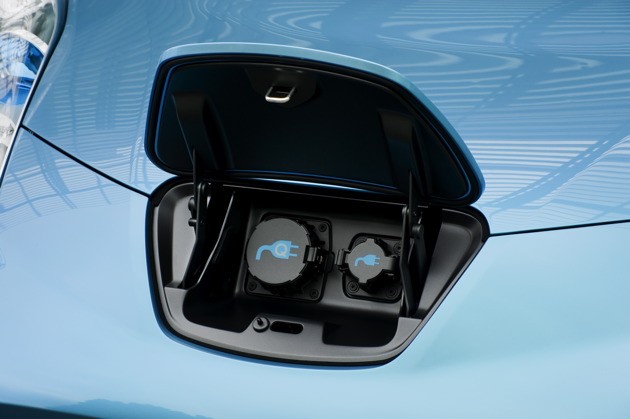California's Highway 1, otherwise known as the Pacific Coast Highway is one of the world's most famous roads and one we should all drive at some point in our lives.
Some 400 miles of driving, a trip from San Francisco to Los Angeles might be a fun journey in a gas car, but isn't a trip many would attempt in a regular EV. But just how easy is it to drive an electric car from San Francisco to Los Angeles?
Many Tesla Roadster owners have made the trip, thanks to its 250 mile range. Seven hours of driving, punctuated by a fast charge somewhere in the middle, the trip has technically been possible.
On Tuesday, the trip became so much more practical thanks to the completion of a network of charging stations for EVs.
A joint venture between Rabobank and SolarCity, the Californian-based company started by serial entrepreneur and CEO of Tesla Motors, Elon Musk, the charging stations will provide solar-powered charging for anyone with an EV.
Power is provided at 240V at up to 70amps. That's enough to recharge a Tesla Roadster in a three and a half hours, making the entire San Francisco to Los Angeles trip possible in ten hours.
The initiative began last year when a series of charging points were installed at select Rabobank branches along California's 101. It's not the PCH, but it's close.

2011 Chevrolet Volt charging port
While Rabobank provides the parking spaces in its parking lots along the 101, Solar City provides power courtesy of a bank of solar panels mounted on the roof of each participating branch. Rabobank estimate that as well as providing green electricity for the EV chargers at its branches, the solar panels will also provide power to each branch, halving energy bills by fifty percent.
While it's great to see charging spots appear throughout the country, a bank is hardly the place most people would willing spend a few hours while their car recharges. Since most customers spend no more than ten minutes at a bank on average expect the chargers to be used mostly by local EV owners needing a quick-top up before running more errands.
We can think of more useful locations for charging points to be installed. For example, cinemas, restaurants and shopping malls. But at least if you use the Rabobank charging points you'll certainly have time to check in on how your finances are doing.

Nissan LEAF Charging Port
In the meantime, if you're making a trip from San Francisco to Los Angeles in an EV you will at least know that all you have to do when your battery is getting low is to find the nearest Rabobank.
[Solarcity]













